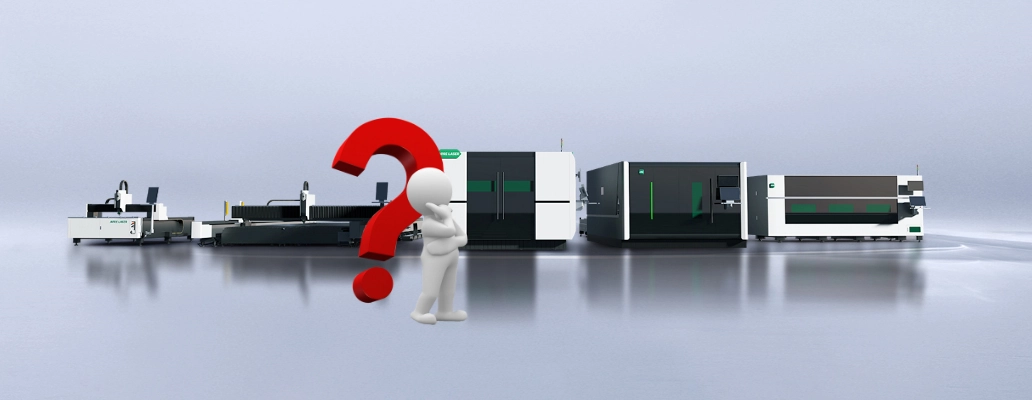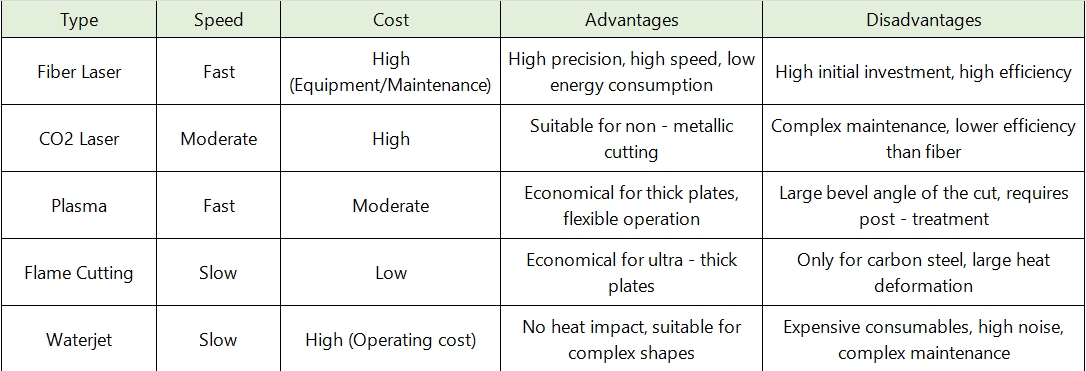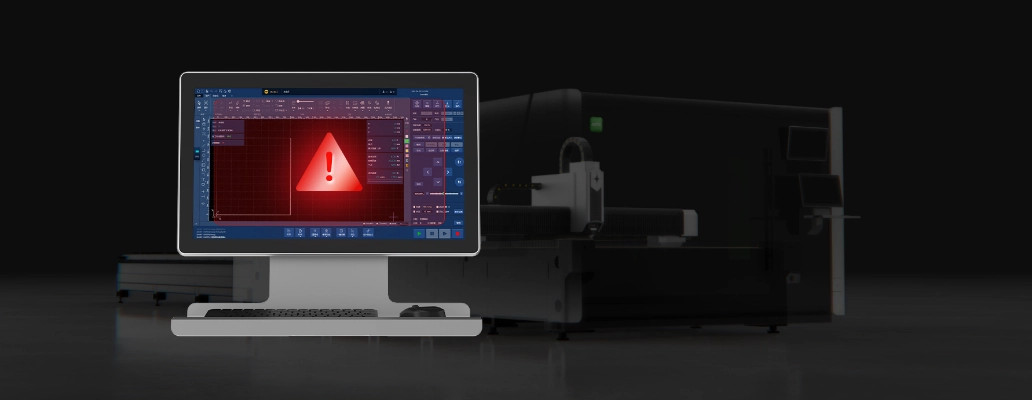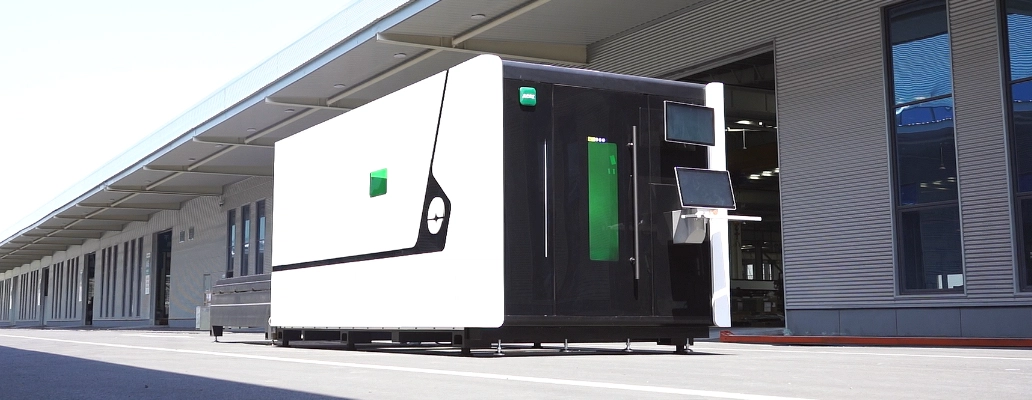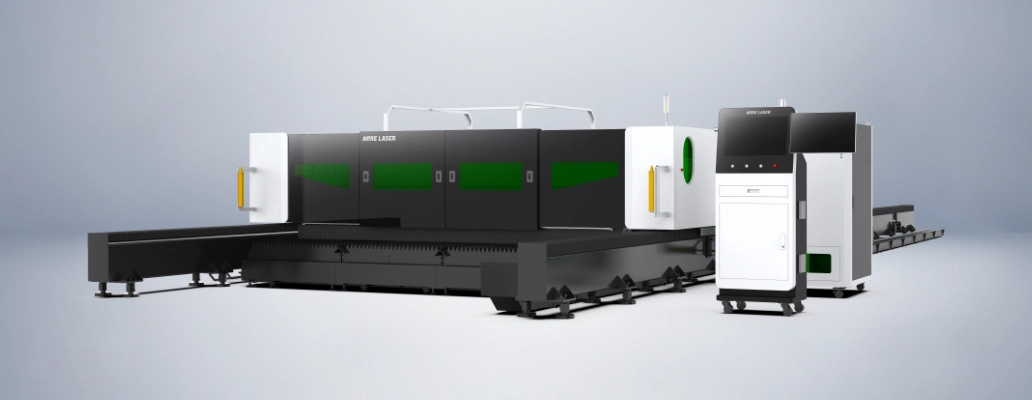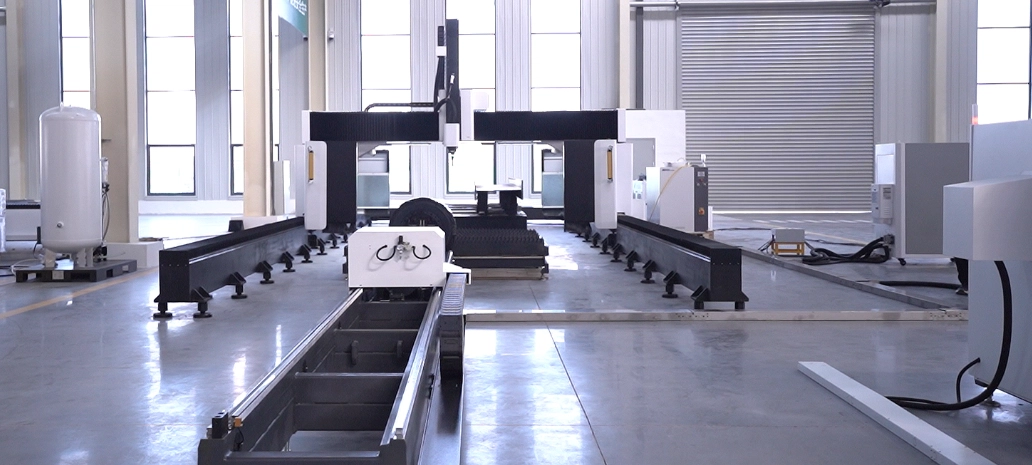How to choose a laser cutting machine?
2025-04-30

If you want to enter the metal processing industry, especially for processing multiple metals, you need to carefully select a suitable machine. How to choose a suitable laser cutting machine? You need to clarify your specific needs, including material type, thickness, budget, output, precision, etc., and then recommend the appropriate cutting technology based on these factors. Operation training, after-sales support and safety and environmental protection measures are still very important.
1. Confirm cutting requirements
1) Cutting material type
Different metals have different requirements for cutting technology (such as stainless steel, aluminum, copper, titanium, carbon steel, alloy steel, etc.).
For example:
Aluminum/copper: oxidation should be avoided, and fiber laser cutting machine or water jet cutting may be more suitable.
Highly reflective metals: cnc fiber laser cutting machine with specific wavelengths need to be selected.
Thick steel plates: flame cutting or plasma is more economical. Fiber laser cutting machines can also be selected for precision requirements, but the cost is relatively high.
2) Material thickness range
The applicable thickness of different cutting technologies varies greatly:
Fiber optic laser cutter: usually suitable for 0.5-30mm (fiber laser can cut thicker carbon steel).
Plasma cutting: suitable for 1-50mm, high-power plasma can cut thicker.
Flame cutting: suitable for 6–300mm carbon steel (not suitable for stainless steel/aluminum).
Water jet cutting: suitable for any thickness, but slower.
3) Accuracy and cutting quality requirements
High precision requirements (such as precision parts): choose laser or water jet (±0.1mm).
General industrial needs: plasma or flame (±1mm).
4) Production scale and efficiency
Small batch/customization: manual or semi-automatic equipment.
Large batch: fully automatic equipment with automatic feeding system.
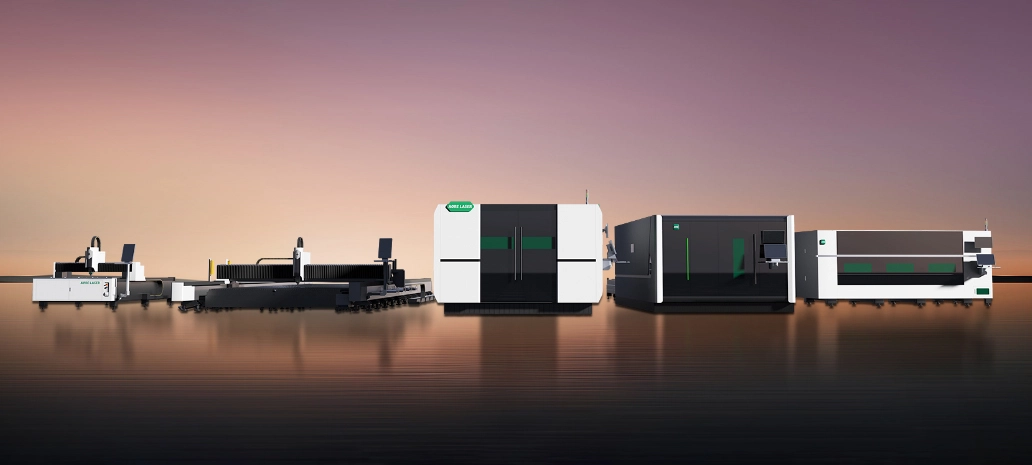
2. Cutting technology comparison
3. Key purchase considerations
1) Budget allocation
Equipment cost: cnc fiber laser cutting machine > Waterjet > Plasma > Flame.
Operation cost: Waterjet (abrasive, nozzle) and fiber optic laser cutter (electric energy, lens) are higher, followed by plasma (electrode/nozzle).
Maintenance cost: cnc fiber laser cutting machine regular maintenance of optical components, and waterjet requires replacement of high-pressure pump seals.
2) Site and environment
Space: Large equipment (such as gantry cutting machines) requires spacious workshops.
Electricity: High-power fiber optic laser cutter/plasma machines require stable three-phase power supply.
Environmental protection: Plasma/flame will produce smoke and noise, and smoke exhaust systems and sound insulation measures are required.
3) Automation and software
Preferably choose equipment that supports CAD/CAM software and CNC systems to improve programming efficiency and cutting consistency.
Auto Height Control is particularly important for plasma/fiber optic laser cutter thick plates.
4) After-sales service and training
Choose suppliers who provide technical training and timely supply of spare parts.
Confirm warranty period and response time to avoid production impact due to downtime.
4. Others:
Field visits: Visit the supplier's factory to observe the actual cutting effect of the equipment.
Trial cutting samples: Provide your typical materials (thickness, material) for trial cutting to evaluate the cutting quality, speed, and consumables cost.
Reference to user reviews: Consult peers or industry forums to understand the long-term stability of the equipment.

